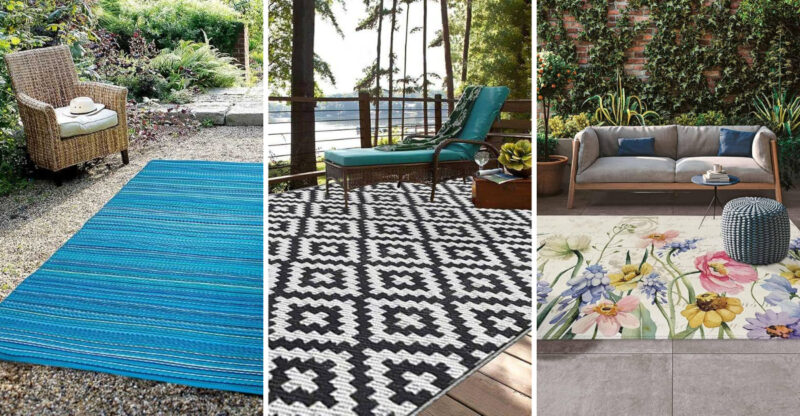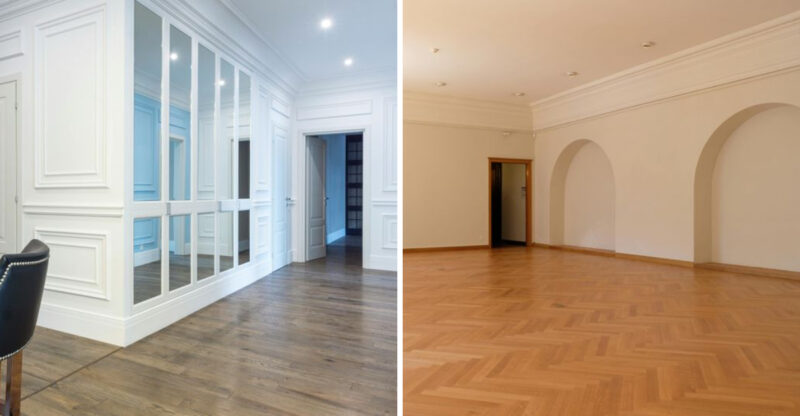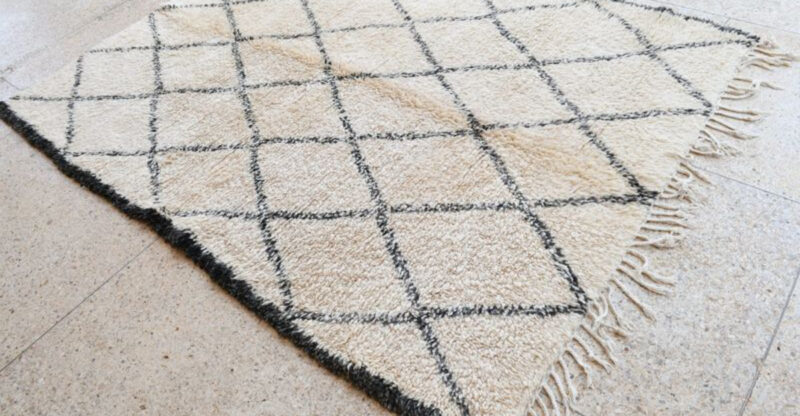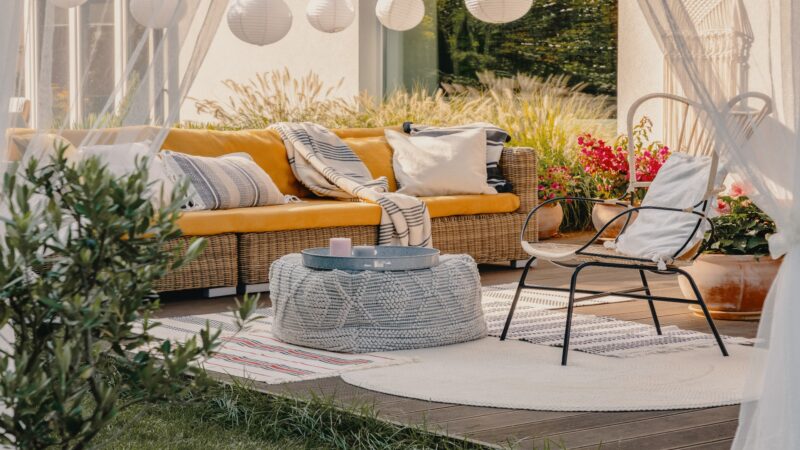12 Perfect Area Rugs For Living Rooms, Lofts, And Open-Concept Spaces
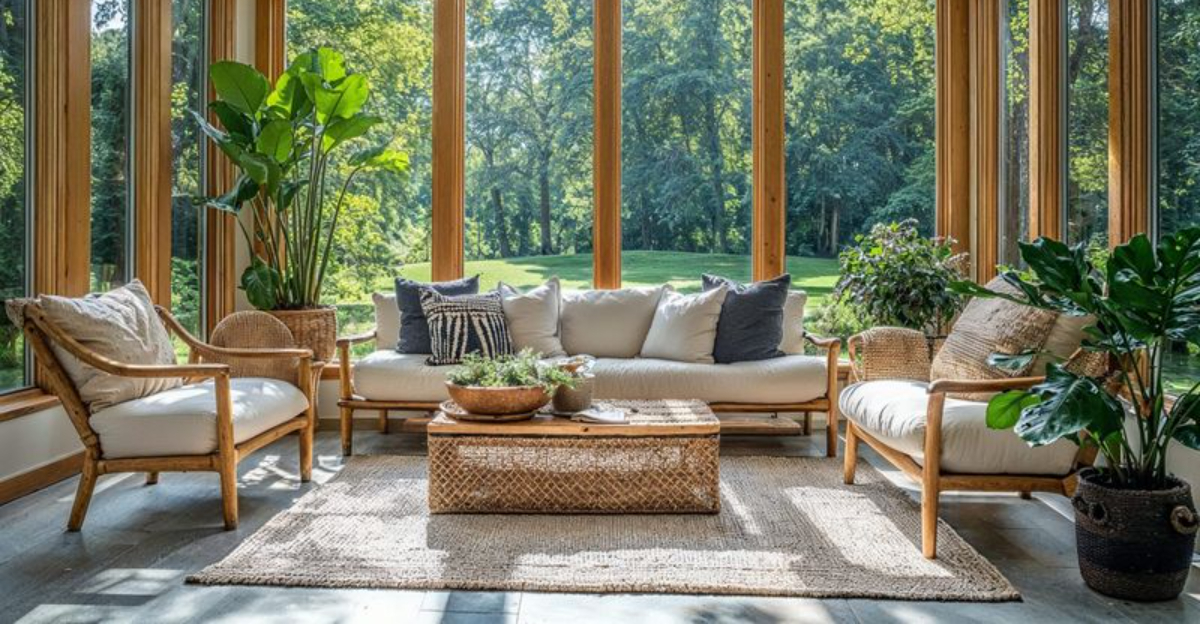
The right area rug does more than cover the floor – it sets the tone for the entire space. In open-concept layouts and expansive living areas, a well-chosen rug brings structure, comfort, and character where walls and boundaries are absent.
It pulls the room together, softens acoustics, and adds that essential layer of texture and color that turns an empty space into a lived-in home. From sleek lofts to warm family rooms, the right rug isn’t just decoration – it’s design in action.
1. Plush Wool Rugs For Comfort
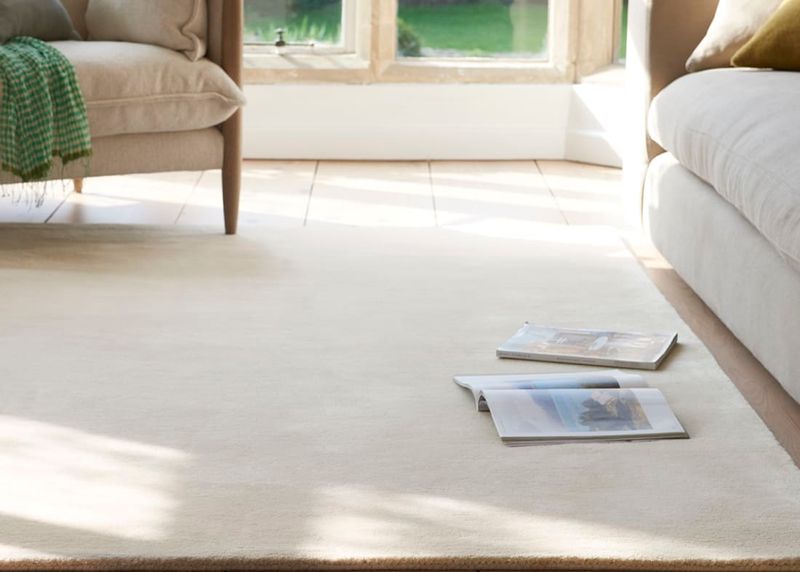
Nothing beats sinking your toes into a sumptuous wool rug after a long day. These natural fiber masterpieces offer unparalleled softness while maintaining durability in busy living areas.
Wool naturally resists staining and dirt, making maintenance surprisingly simple. Plus, these rugs provide excellent insulation against cold floors during winter months while absorbing sound in echoing spaces.
2. Neutral-Toned Rugs For Versatility
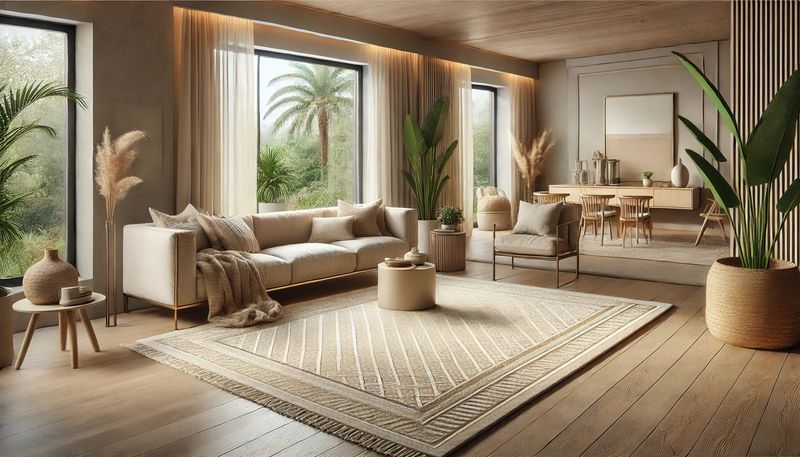
Beige, gray, and cream rugs serve as chameleons in your decorating scheme. Their understated elegance allows furniture and accessories to take center stage while creating a cohesive foundation.
When seasons or trends change, neutral rugs adapt effortlessly. Especially valuable in open concept spaces, these subtle floor coverings help unify different functional areas without competing for attention.
3. Patterned Rugs For Visual Interest
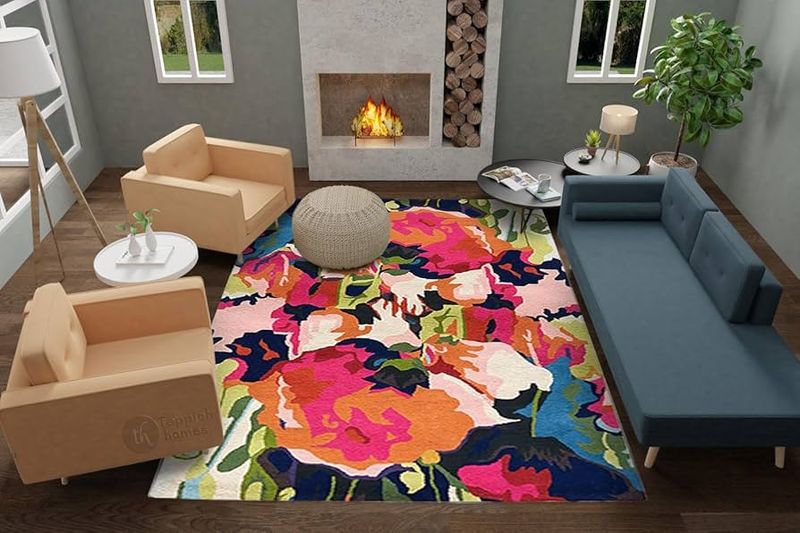
Bold geometrics, florals, or abstract designs inject personality into expansive spaces. A statement rug can serve as the room’s artistic centerpiece, dictating the color palette for the entire area.
Carefully chosen patterns disguise spills and everyday wear while drawing the eye across large rooms. For maximum impact, select designs that incorporate existing accent colors from your space’s decorative elements.
4. Layered Rugs For Depth And Personality
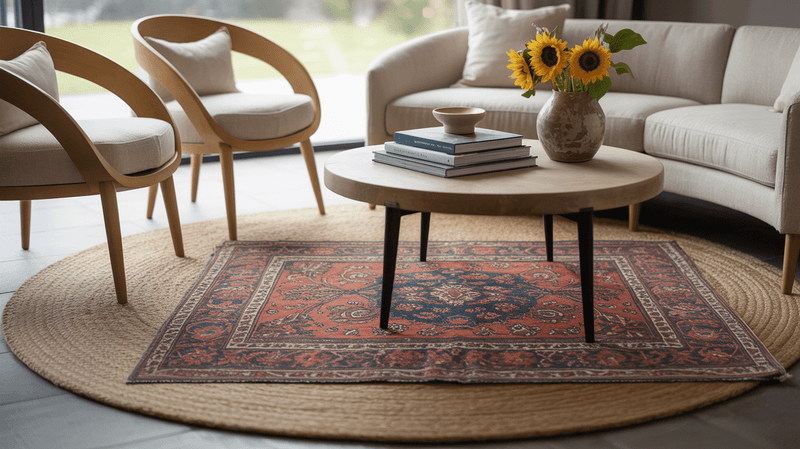
Stacking rugs creates dimensional interest that single coverings can’t achieve. Try anchoring your space with a large natural fiber base, then top it with a smaller vintage or patterned piece for an eclectic look.
This technique works wonders in lofts where defining separate areas becomes crucial. The textural contrast between different materials – like sisal beneath wool – adds sophisticated visual complexity while doubling up on comfort.
5. Low-Pile Rugs For High-Traffic Areas
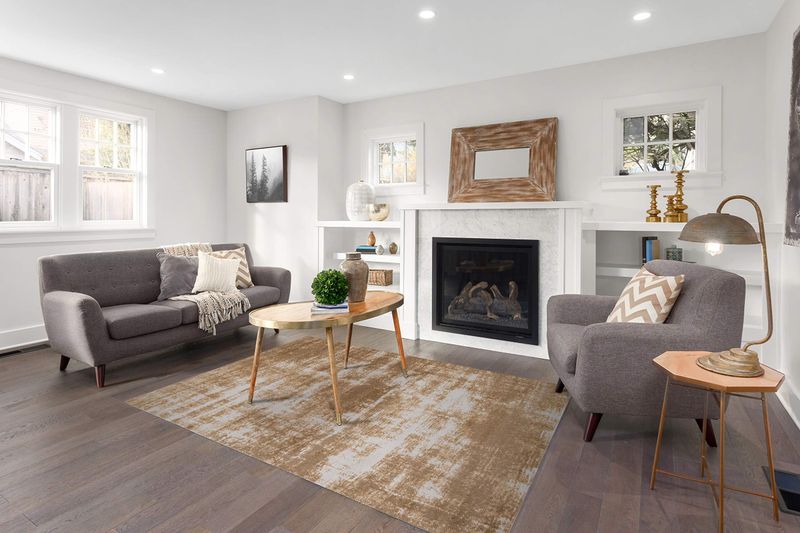
Flat-woven designs stand up to constant foot traffic without showing wear paths or trapping debris. Their sleek profile makes them practical choices for spaces where doors need to swing freely.
Maintenance becomes a breeze with these hardworking floor coverings. Vacuum-friendly and less likely to show indentations from furniture, low-pile options deliver style without sacrificing practicality in bustling family rooms or entryway transitions.
6. Geometric Rugs To Define Zones
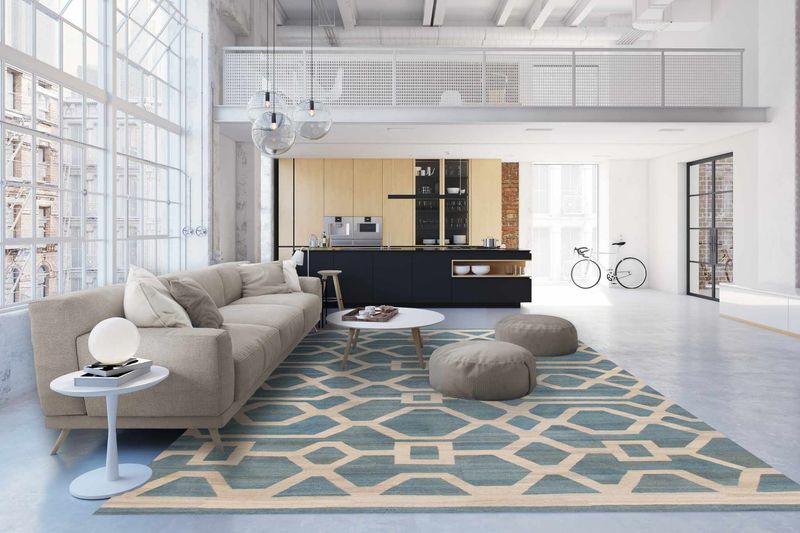
Strategic placement of angular patterns helps carve distinct areas within open floor plans. Strong lines and shapes create visual boundaries that guide furniture arrangement without physical barriers.
Contemporary geometric designs bring order to sprawling spaces. Look for bold contrasts or subtle tone-on-tone patterns depending on your desired dramatic effect – they’ll help direct traffic flow while adding architectural interest to otherwise undefined rooms.
7. Large-Scale Rugs For Cohesion

Oversized floor coverings that extend beneath all furniture create a unified feel in spacious rooms. When seating areas feel disconnected, an expansive rug instantly pulls elements together into a conversational grouping.
Room-spanning options eliminate the floating furniture effect common in lofts and great rooms. For maximum impact, ensure your rug extends at least 18 inches beyond sofas and chairs to anchor the entire arrangement.
8. Monochromatic Rugs For A Modern Look
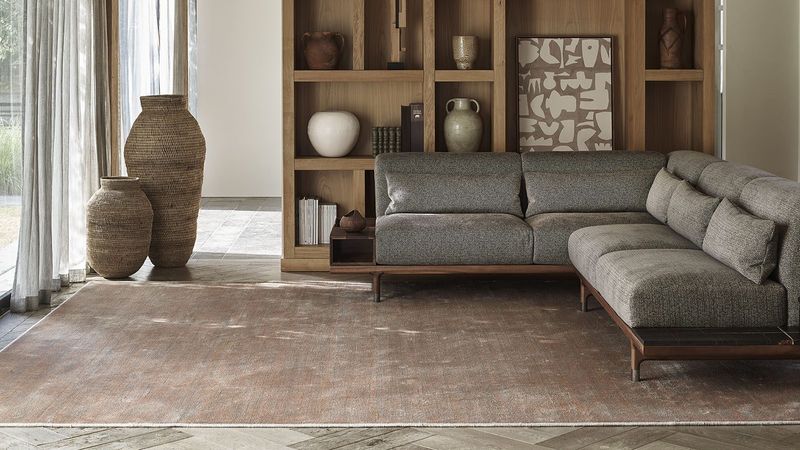
Single-color floor coverings with subtle texture variations deliver sophisticated minimalism perfect for contemporary spaces. Their restrained palette creates a clean foundation that complements architectural features in industrial lofts and modern homes.
Tonal depth comes from ribbing, looping, or varying pile heights rather than contrasting hues. These understated designs allow statement furniture pieces to shine while still contributing textural richness to sleek, uncluttered environments.
9. Natural Fiber Rugs For Dining Areas
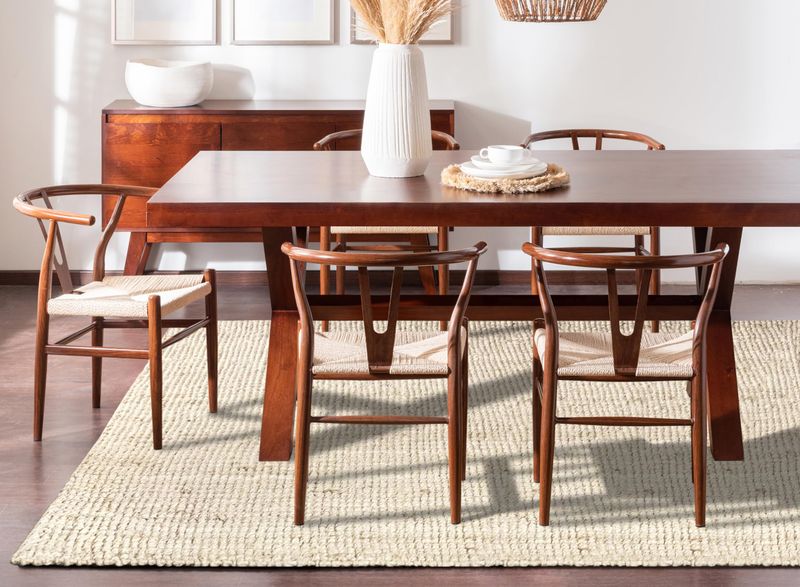
Sisal, jute, and seagrass bring organic texture that stands up beautifully to dining chair movement. Their earthy appeal complements wood tables while disguising inevitable food particles that find their way to the floor.
Resilient plant fibers bounce back after compression from table legs. For open layouts where dining zones flow into living spaces, these rugs create subtle boundary markers without harsh visual transitions or color clashes.
10. Indoor-Outdoor Rugs For Sunrooms And Patios
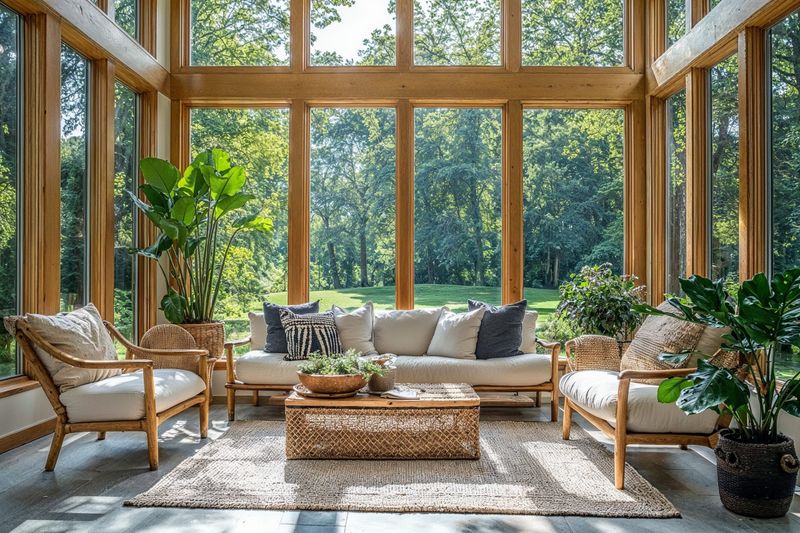
Revolutionary synthetic weaves resist fading, mold, and moisture while mimicking the look of traditional indoor designs. Perfect for transitional spaces like sunrooms or covered patios that experience varying environmental conditions.
Easy-clean properties make these rugs practical for areas connecting to gardens or pools. Modern manufacturing techniques have elevated their appearance far beyond utilitarian – today’s versions offer sophisticated patterns and plush textures previously unavailable in weather-resistant materials.
11. Vintage Rugs For Transitional Spaces
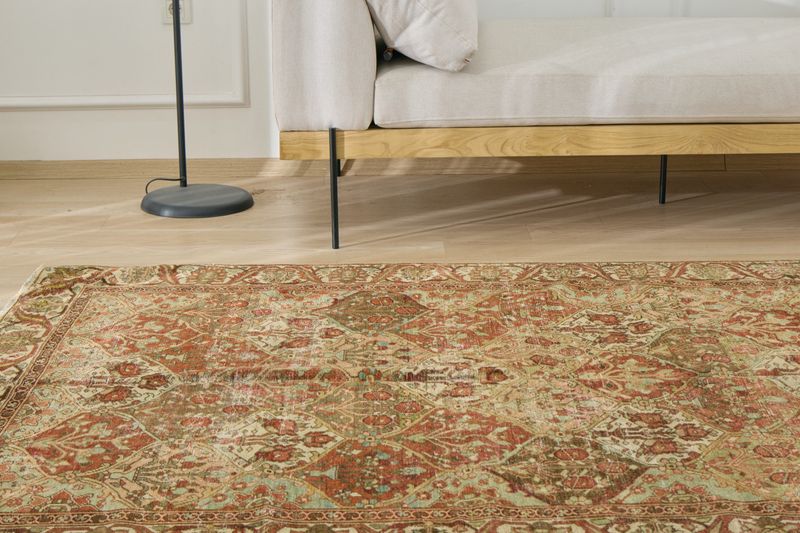
Pre-loved Turkish, Persian, and Moroccan rugs bring instant character to hallways and transitional areas. Their gently faded colors and time-worn patina create warmth impossible to replicate in new productions.
History embedded in these textiles adds storytelling elements to modern homes. The beauty of authentic vintage pieces lies in their imperfections- slight wear patterns and color variations speak to generations of use while somehow perfectly complementing today’s eclectic decorating approaches.
12. Custom-Sized Rugs For Irregular Layouts
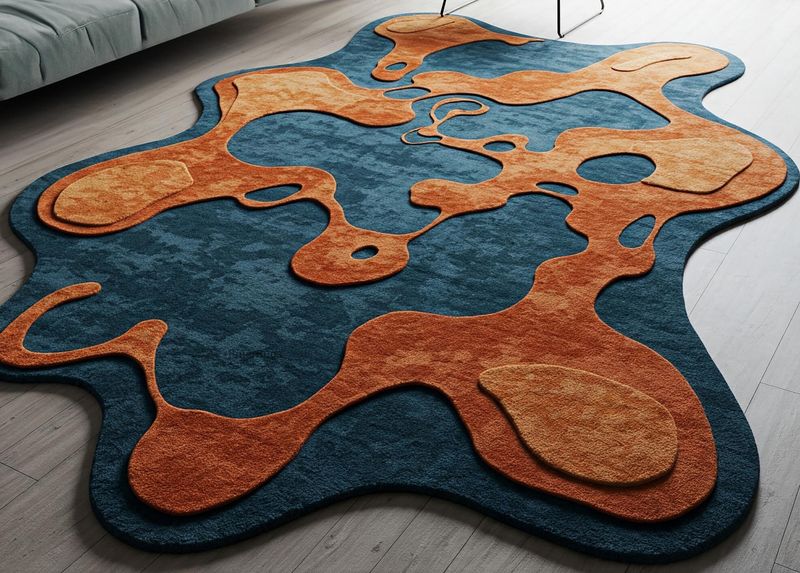
Tailor-made floor coverings solve the puzzle of awkward room dimensions or unusual architectural features. When standard sizes leave gaps or overflow boundaries, custom cutting ensures perfect proportions for your unique space.
Particularly valuable in converted industrial lofts or historic buildings with non-standard layouts. Many manufacturers now offer made-to-measure services where you can specify exact dimensions, materials, and designs to accommodate curved walls, pillars, or built-in features.


